overleaf template galleryLaTeX templates and examples — Recent
Discover LaTeX templates and examples to help with everything from writing a journal article to using a specific LaTeX package.
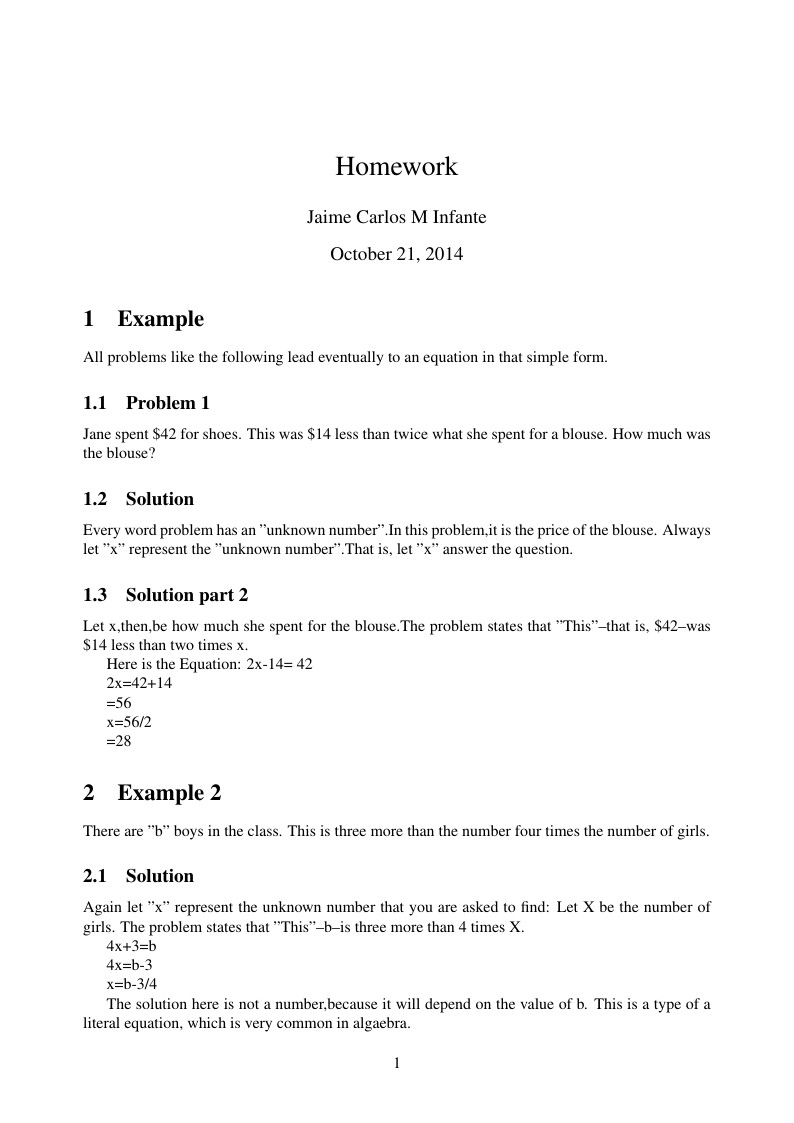
It is a math template. It's not the best .
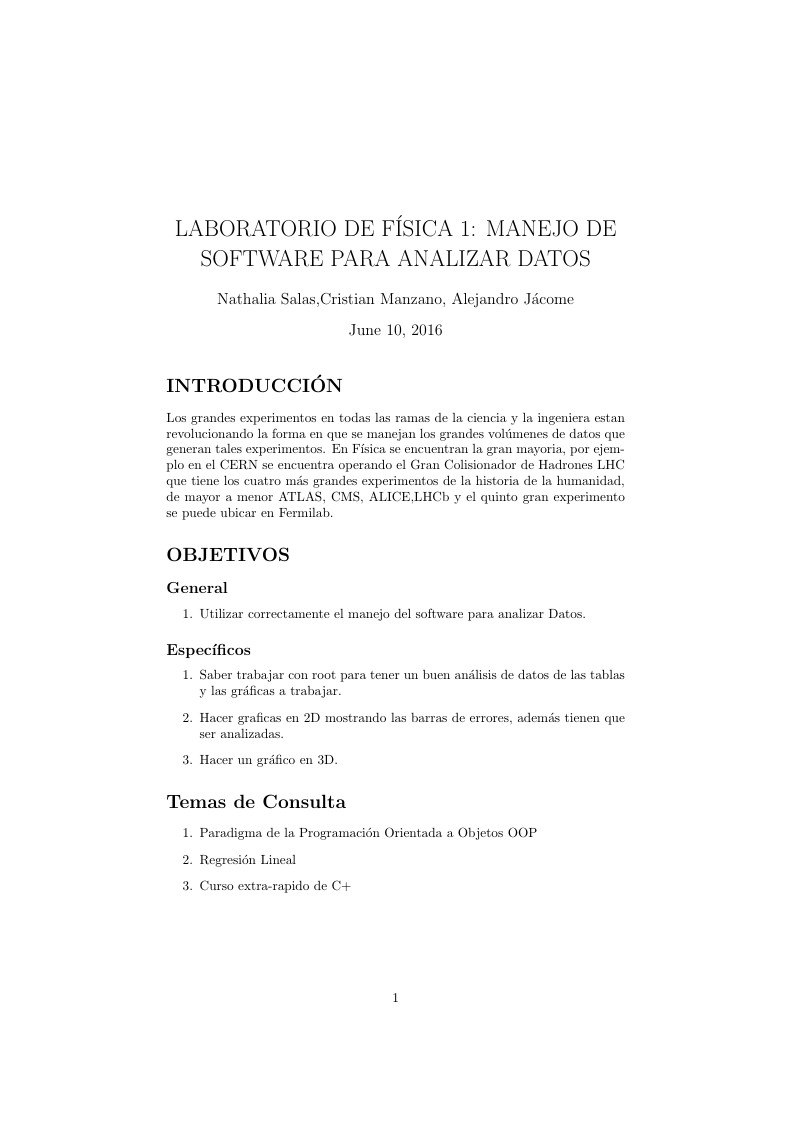
Very important Lab

Plantilla para tesis de UNAM ingeniería
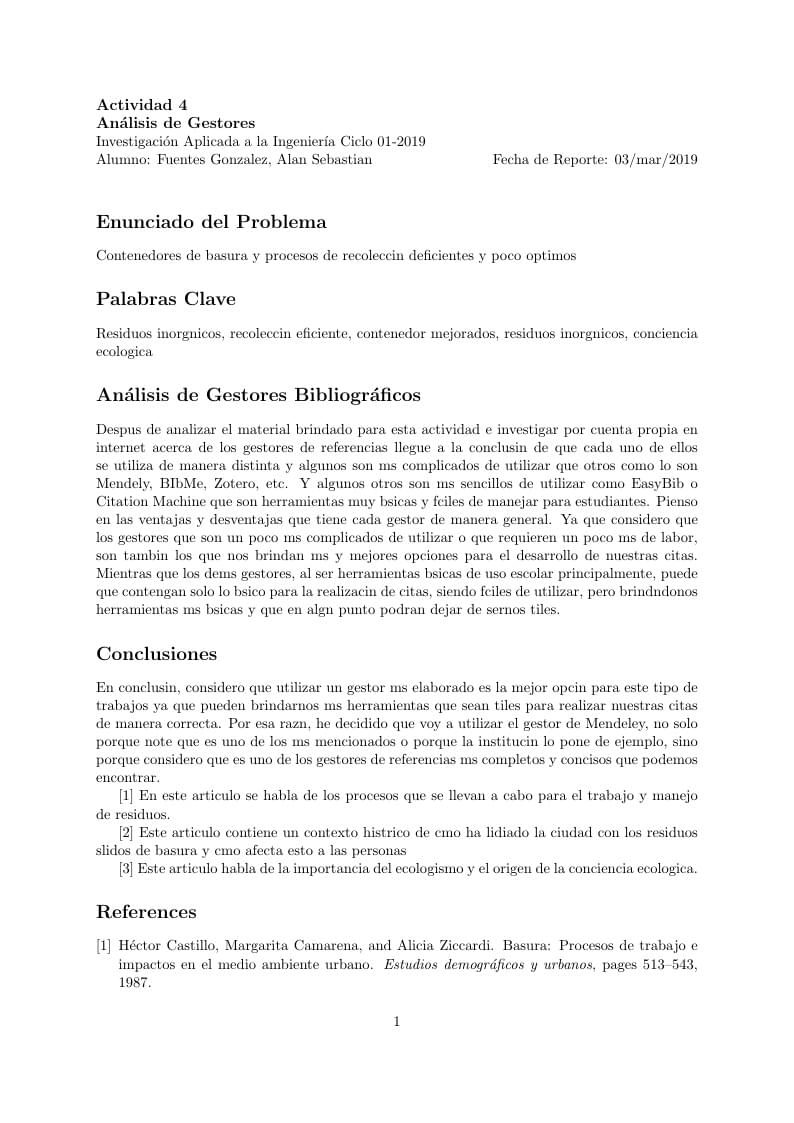
Investigación Aplicada a la Ingenieria

Modelo para relatório científico (Deixe a programação de lado)

Template para o XIV SBAI, a ser realizado na cidade de Ouro Preto em Outubro de 2019. Mais informações no site: http://sbai2019.com.br
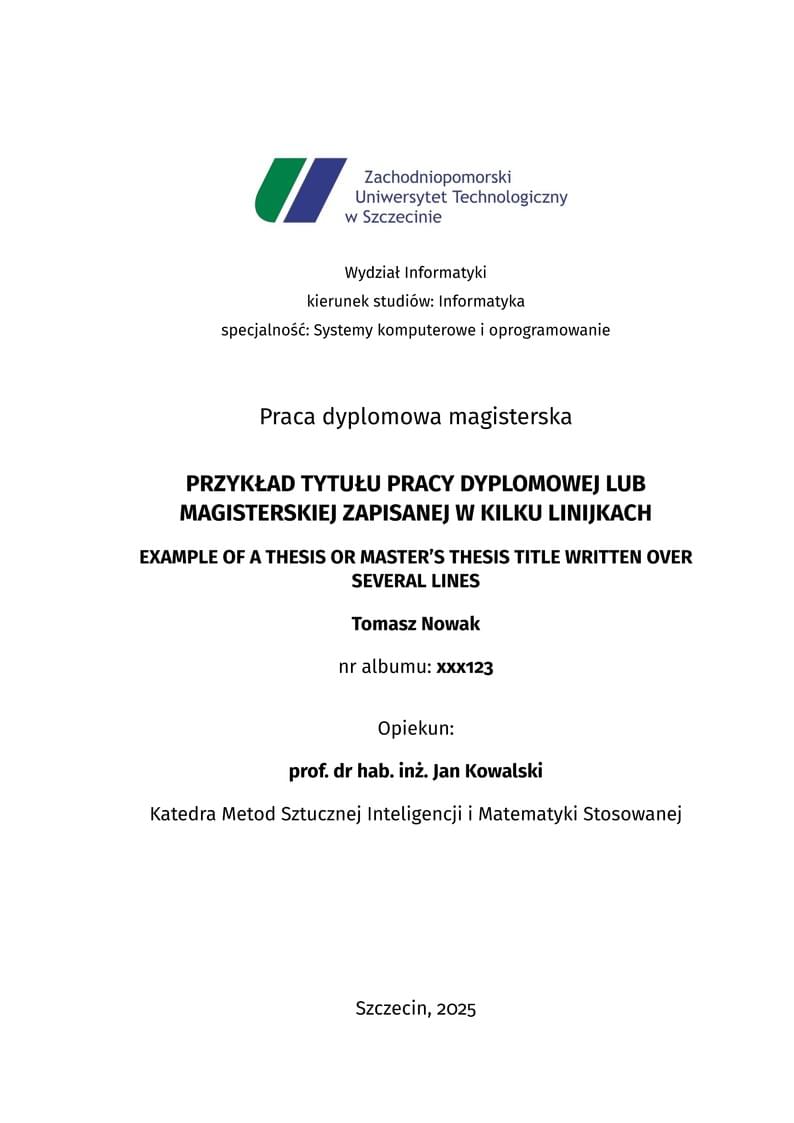
Wzorzec pracy dyplomowej inżynierskiej lub magisterskiej do wykorzystania przez studentów Wydziału Informatyki Zachodniopomorskiego Uniwersytety Technologicznego. Obowiązuje od semestru letniego w roku akademickim 2022/2022 (semestr zimowy). Wersja 5.0 (2025)
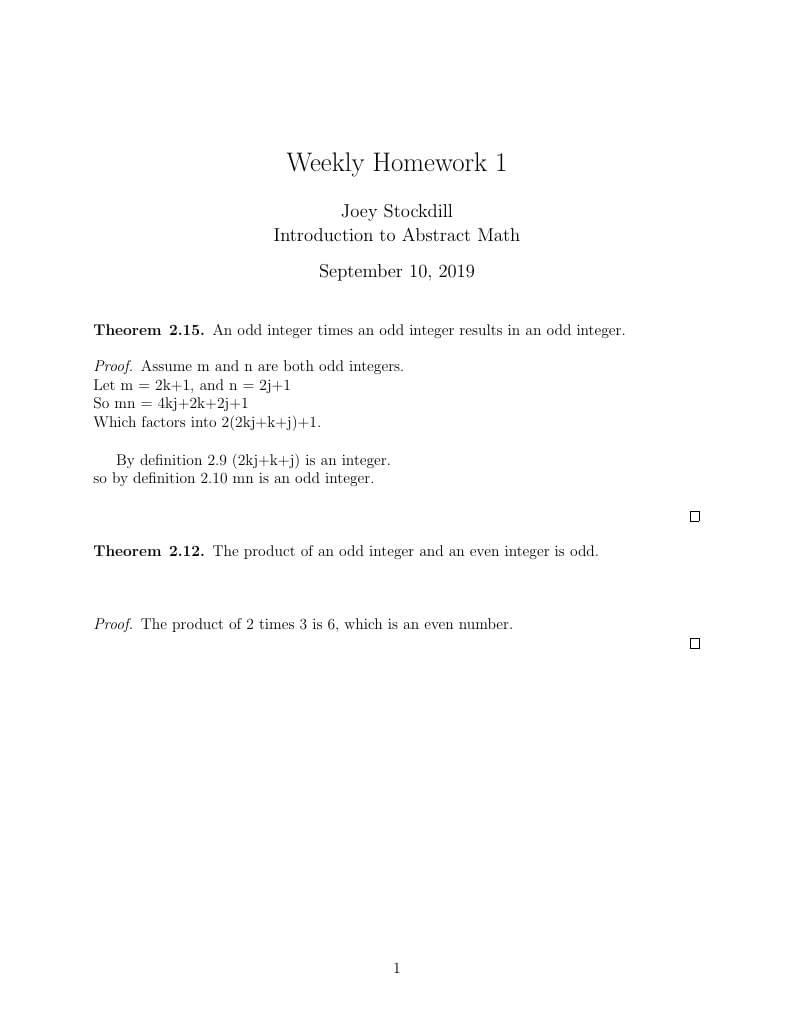
weekly homework
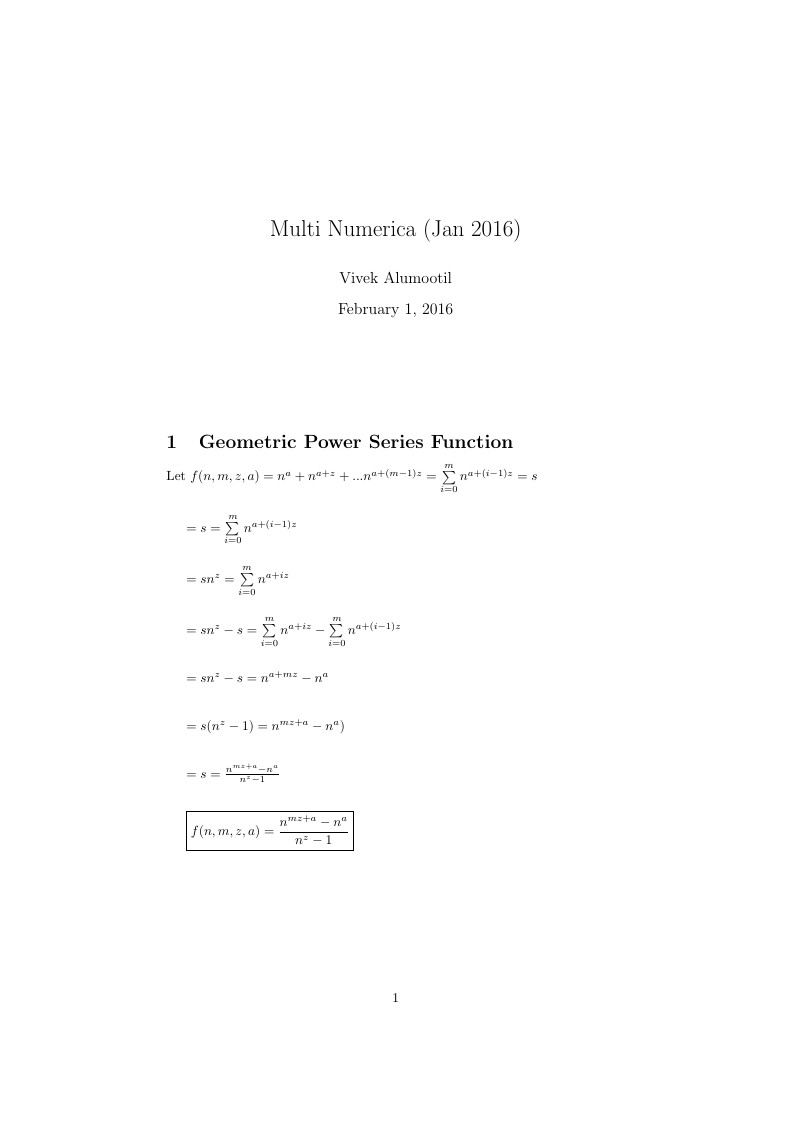
Bad Math Journal
\begin
Discover why over 20 million people worldwide trust Overleaf with their work.